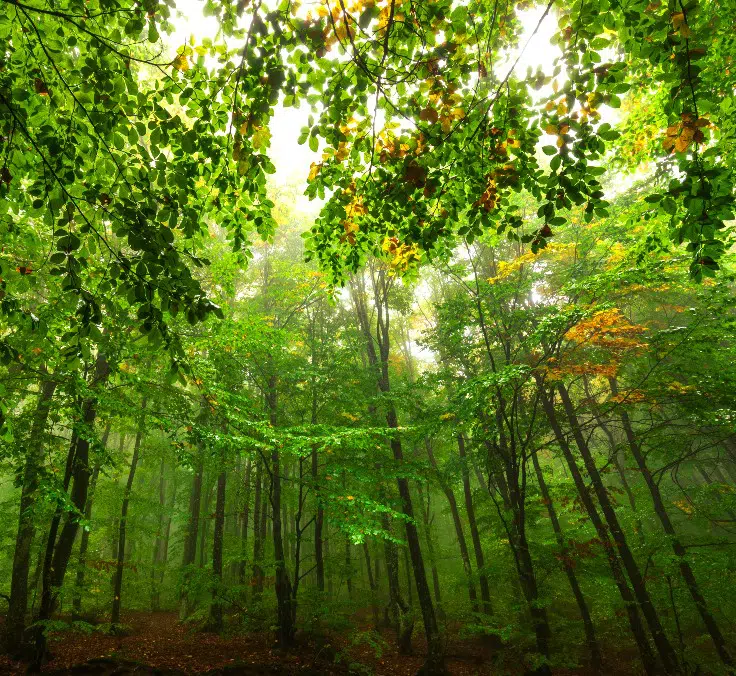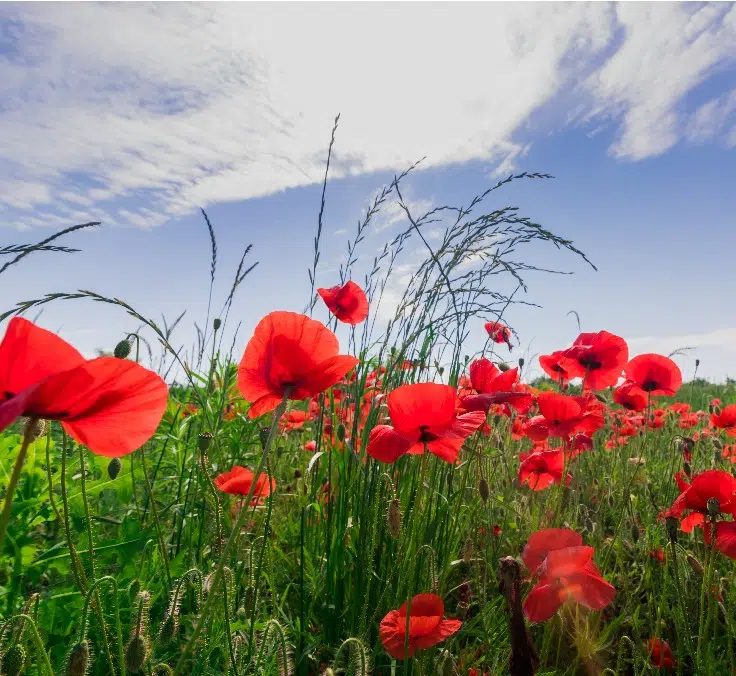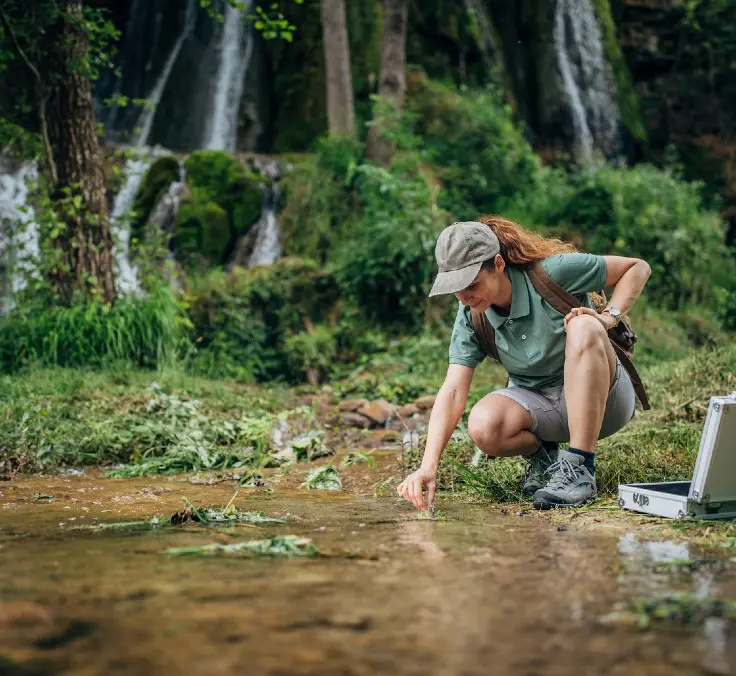SUSTAINABILITY | 27.12.2022
Recycling one ton of paper saves up to 20 trees
At MAPFRE we realize that performing our business activities depends upon natural capital and also has an impact on it, including aspects related to biodiversity, ecosystem services, and natural resources (water, energy, fuels, etc.). This is why we have developed a corporate strategy for offsetting our greenhouse gas emissions, along with other initiatives such as the new one known as the MAPFRE Virtual Forest. This is a digital platform where the employees at MAPFRE España can view the figures related to consumption of printer paper and toner in their geographic area, as a way to raise awareness about the importance of reducing the amount of resources we consume and the wastes we generate.
How does this initiative work?
At MAPFRE we care about the great natural treasures that connect us all, and we know that together we can make the changes necessary to protect them. With each small action, and each small gesture, we can all play our part, as a way to help confront the great challenges we are facing. One of these small gestures that can nevertheless make a big difference is reducing the amount of paper we use each day at our workplace. This is the objective being pursued by the new MAPFRE Virtual Forest initiative.
As part of this initiative we have created an online space where our employees in Spain can find out how much paper, toner, and energy the printers at their workplace are consuming , as well as the total figures for their province and for MAPFRE’s regional and/or central General Management. They can use this information to set challenges for themselves, as a way to reduce the amount of paper they use for printing and, in turn, help protect our environment.
Recycling one ton of paper saves up to 20 trees
Every year, 4 billion trees are cut down worldwide to produce paper. Producing one ton of new paper requires 2 to 3.5 tons of wood, which translates into an average of 28 to 49 trees. Did you know that for each ton of paper we decide not to use for printing, up to 20 trees will not have to be cut down, and 7,000 kWh of electricity and 5,000 liters of water will not have to be consumed? Deciding not to print a document unless it is strictly necessary has a positive impact on the planet, and prevents wasting of resources.
With the MAPFRE Virtual Forest initiative, our employees can regularly go online to see the latest consumption data, and thanks to this awareness, they can gradually reduce the amount of paper they use for printing. It is also important to point out that in cases where printing is in fact necessary, we can adjust the printer’s settings in the most responsible way possible. These adjustments can affect the amount of paper, toner, and energy used, reducing these by up to 20%. Finally, when printed documents are no longer useful, they should always be put into the secure container for paper, so they can be shredded and then recycled.
Our strategy for offsetting greenhouse gas emissions
MAPFRE’s Corporate Environmental Footprint Plan includes a corporate strategy for offsetting greenhouse gas (GHG) emissions. This strategy incorporates the internal criteria that the company follows when selecting offsetting projects, for cases where greenhouse gas emissions cannot be reduced. The objective is to preferentially participate in projects focused on restoring ecosystems, through nature‑based solutions and biodiversity preservation.
As part of this strategy, we created the “MAPFRE Forest” initiative in 2021. It began with reforestation activities to offset the company’s carbon footprint in Spain and Portugal, and it now includes all of the reforestation activities focused on preserving biodiversity and natural capital and creating carbon sinks that contribute to the fight against climate change.
Thanks to these activities, we have contributed to repopulating almost five hectares of areas affected by deforestation in Spain and Portugal. More than 6,500 trees have been planted, and they contribute to removing 4,000 tons of CO2 from the atmosphere, which offsets 21% of MAPFRE’s emissions in those two countries.
Together with the CO2 REVOLUTION project in Spain, we have planted a total of 4,874 trees in the municipality of Cerdedo-Cotobade in the province of Pontevedra, as a way to regenerate biodiversity in an area that had been heavily impacted by forest fires. In Portugal, we have collaborated with the “Plantar Uma Árvore” (“Plant a Tree”) project, to encourage regeneration of protected spaces. In this case 1,667 trees were planted in the Sintra-Cascais Nature Park, all representing native species, which improves survival rate, biodiversity, and resistance to fire.
In addition to these actions on the Iberian Peninsula, in Brazil 1,200 trees have been planted in an area of environmental interest through the “Amigos del Bosque” (“Friends of the Forest”) project. In addition, a pilot project has been initiated with ECOACSA and the Brazilian institute known as LIFE (Lasting Initiative for Earth), where participants from the world of business are encouraged to get involved with preserving biodiversity and protecting ecosystem services.
Finally, we must remember that in addition to large reforestation projects, corporate responsibility and actions for sustainability begin with each of the company’s employees. This why MAPFRE has launched this new Virtual Forest initiative, as a sort of window that will help everyone become more aware of the effects of their decisions, even small ones like whether to print a document, by giving them accurate, real-time data that is linked to the actual impact those decisions are having on the environment.
RELATED ARTICLES:




